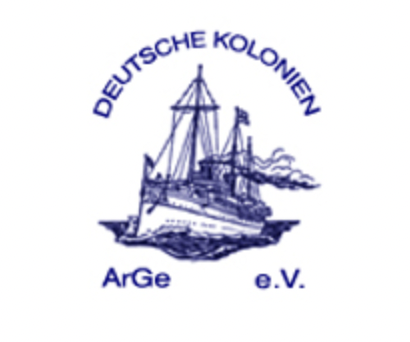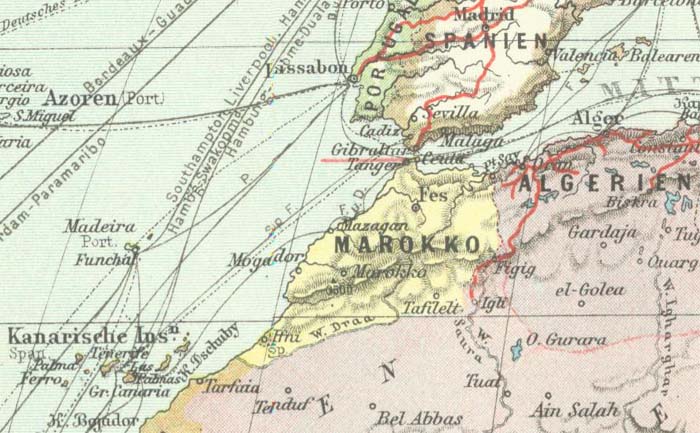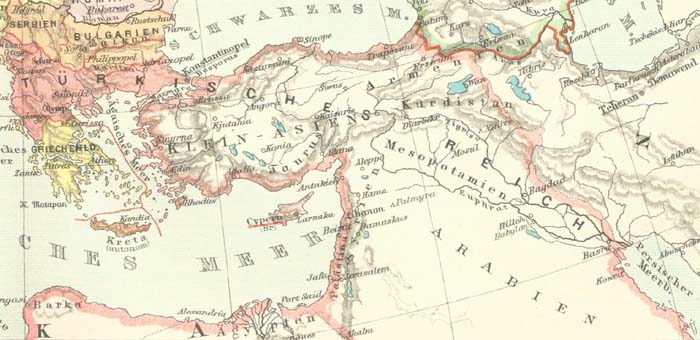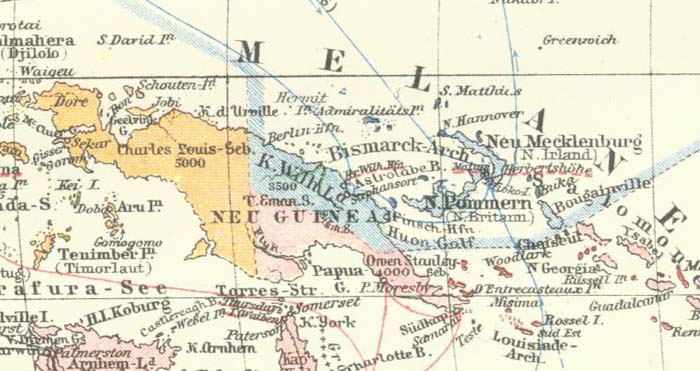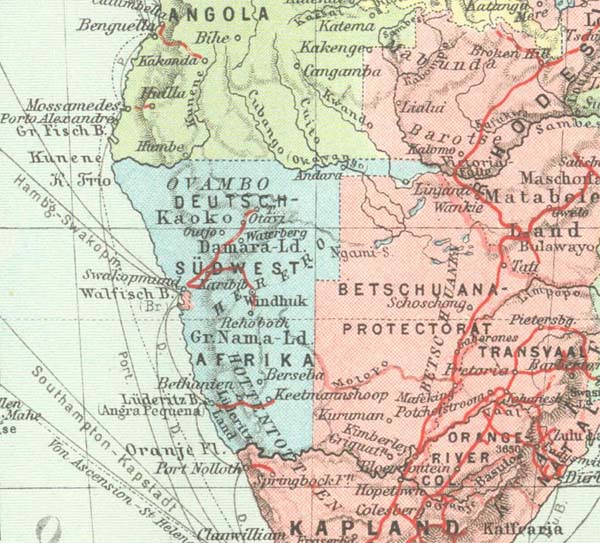Willkommen bei der Arbeitsgemeinschaft der Sammler Deutscher Kolonialpostwertzeichen e.V.
Termine & Treffen
9.-12. Mai 2024
Jahreshauptversammlung
Tagungsort: Hannover
Sammelgebiete
Briefmarken, Stempel und Postgeschichte der deutschen Auslandspostämter und Kolonien sowie die Literatur darüber sind der Teil der Philatelie, mit dem sich die Mitglieder der Arbeitsgemeinschaft der Sammler deutscher Kolonialpostwertzeichen e.V. beschäftigen, der ältesten Arbeitsgemeinschaft (gegründet 1928) im Bund Deutscher Philatelisten (BDPh) und im Verband Philatelistischer Arbeitsgemeinschaften (VPhA). Dies umfasst die folgenden Gebiete:
Kolonialgeschichte, Deutsche Post in China, Deutsche Post in Marokko, Deutsche Post in der Türkei, Deutsch-Neuguinea, Deutsch-Ostafrika, Deutsch-Südwestafrika, Kamerun, Karolinen, Kiautschou, Marianen, Marshall-Inseln, Samoa, Togo, See- und Marineschiffspost dieser Gebiete.
Mitglied werden
Knapp 400 Kolonialsammler in Deutschland, Europa und Übersee sind Mitglieder der Arbeitsgemeinschaft der Sammler Deutscher Kolonialpostwertzeichen e.V. Diese wurde 1928 in Berlin gegründet und ist die älteste Arbeitsgemeinschaft im Bund Deutscher Philatelisten.
Telefon
+49-30-2960909
Arbeitsgemeinschaft der Sammler Deutscher Kolonialpostwertzeichen e.V.
info@kolonialmarken.de
